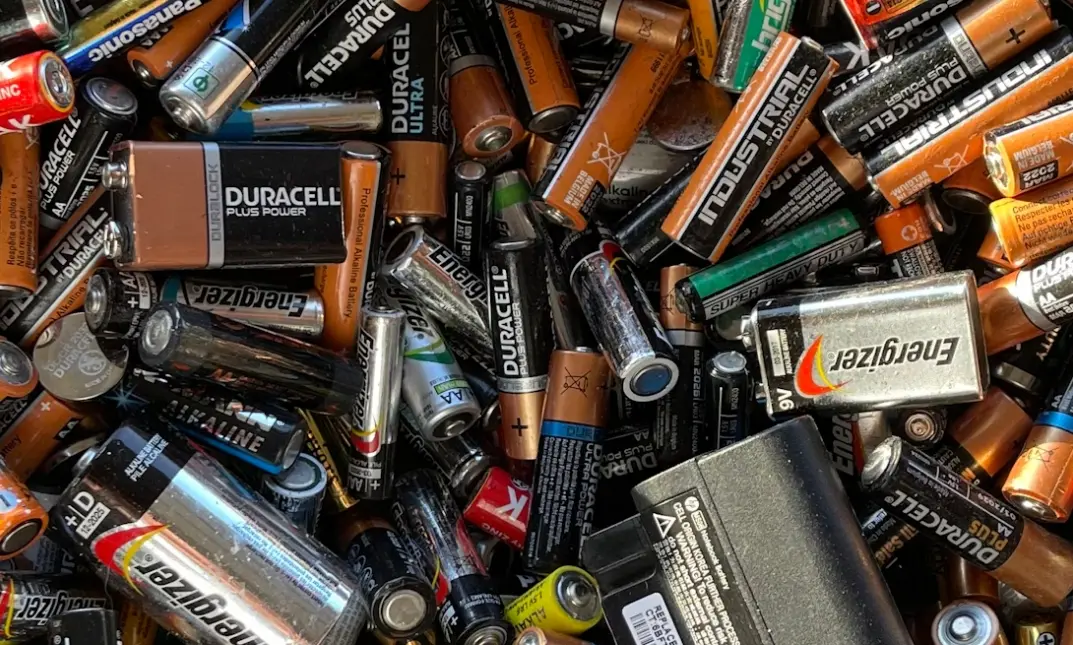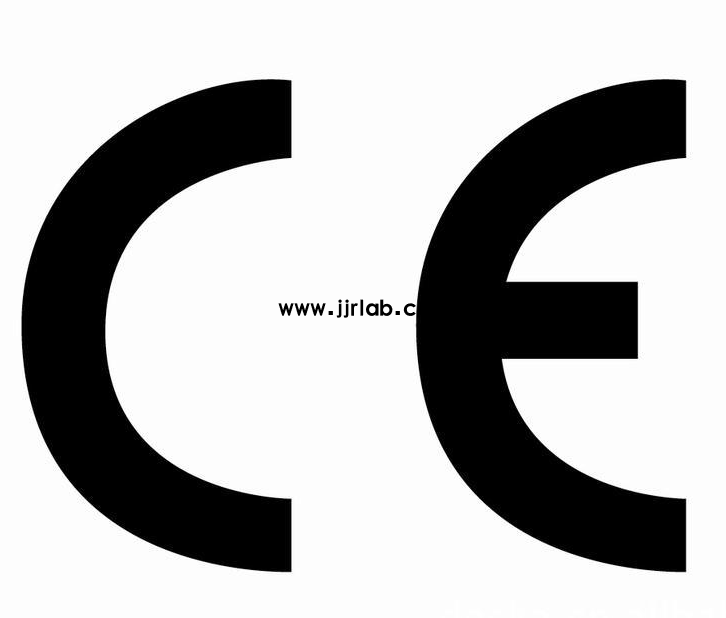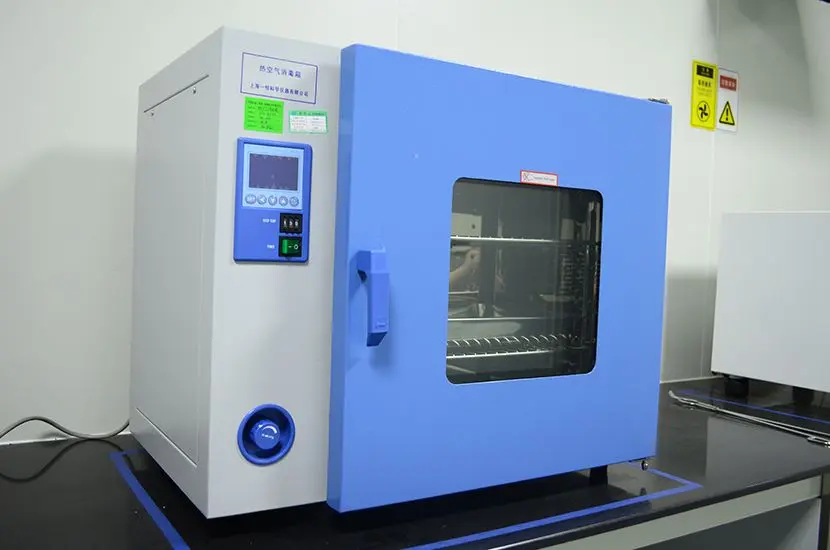
EU New Battery Regulations Q&A
As of August 18, 2024, mULtiple provisions of the EU Battery Regulation (EU) 2023/1542 have come into effect. These new requirements have a profound impact on battery manufacturers, importers, distributors, and upstream and downstream companies in the battery supply chain, establishing stricter standards for the performance and safety of various types of batteries. In this context, China JJR Laboratory has received numerous inquiries from clients in the battery supply chain. To address this, we have specially invited two battery technology experts from China JJR Laboratory to provide unified responses.

When should the CE mark be affixed to the battery surface? What should we do if batteries exported to Europe do not have the CE mark?
Starting from August 18, 2024, all batteries placed on the EU market must carry the CE mark. For batteries that have already been exported without the CE mark, if they were placed on the market before this date, they will not be subject to retrospective action. However, from this date onwards, all new batteries entering the market must comply with the requirements and bear the CE mark.
Do I need to include the identification number of the notified body below the CE mark?
The notified body has not yet been announced, so there is currently no situation requiring the use of a notified body identification number. After the notified body is announced, if you choose Module D1 or Module G, you will need to contact the corresponding notified body and obtain authorization through compliance assessment to use their identification number.
As the actual manufacturer of the battery, must I assume the responsibilities as a manufacturer?
According to EU regulations, the manufacturer is not necessarily the entity that physically produces the battery, but they are the entity responsible for ensuring product conformity. This means that regardless of who produces the battery, the manufacturer must ensure that the product complies with all necessary regulatory requirements and affix the corresponding CE mark.
How should manufacturers demonstrate the compliance of batteries with the current regulatory requirements? Is affixing the CE mark and signing a declaration of conformity sufficient?
Before placing the battery on the market, manufacturers must first complete an assessment of the battery’s compliance and prepare the relevant technical documentation requiRED by regulations, such as test reports, to prove conformity. Only then can they affix the CE mark and sign the declaration of conformity.
For many companies, the biggest challenge lies in preparing these documents. This preparation is not a one-time effort and requires companies to understand the regulatory requirements early and prepare accordingly.
The old battery directive 2006/66/EC will not be fully replaced until August 18, 2025. If companies have prepared cheMICal reports according to 2006/66/EC, can they use them then?
The old directive mainly stipulated limits on Pb, Cd, and Hg content, the waste bin symbol, and waste battery management. However, the new regulation introduces more new requirements. If the implementation of these new requirements occurs before August 18, 2025, they must be executed according to the new regulatory timeline. Therefore, relying solely on the chemical reports from the old directive does not fully satisfy the new regulatory requirements.
Which batteries should prepare for the next phase of requirements? Are there any special requirements?
According to the regulatory timeline, all types of batteries must prepare for the upcoming due diligence requirements. In particular, industrial batteries and electric vehicle batteries with a capacity greater than 2kWh must also prepare for carbon footprint requirements. By 2027, these batteries will need to comply with the battery passport requirements.
Meeting the requirements of battery regulations is a long-term preparation process, and all relevant companies should take early action.
China JJR Laboratory can provide you with CE certification services for batteries. Feel free to consult us!
Email:hello@jjrlab.com
Write your message here and send it to us
 European Authorized Representative for Medical Dev
European Authorized Representative for Medical Dev
 Low Voltage Testing Services
Low Voltage Testing Services
 Constructive Playthings Foam Block Toys Safety Sta
Constructive Playthings Foam Block Toys Safety Sta
 Prop 65 Textile Testing
Prop 65 Textile Testing
 Environmental Testing for Electronic Products
Environmental Testing for Electronic Products
 Food Packaging Testing Laboratories
Food Packaging Testing Laboratories
 What is CE Certification for Electrical Equipment?
What is CE Certification for Electrical Equipment?
 Requirements for EAC Declaration of Conformity (Do
Requirements for EAC Declaration of Conformity (Do
Leave us a message
24-hour online customer service at any time to respond, so that you worry!




